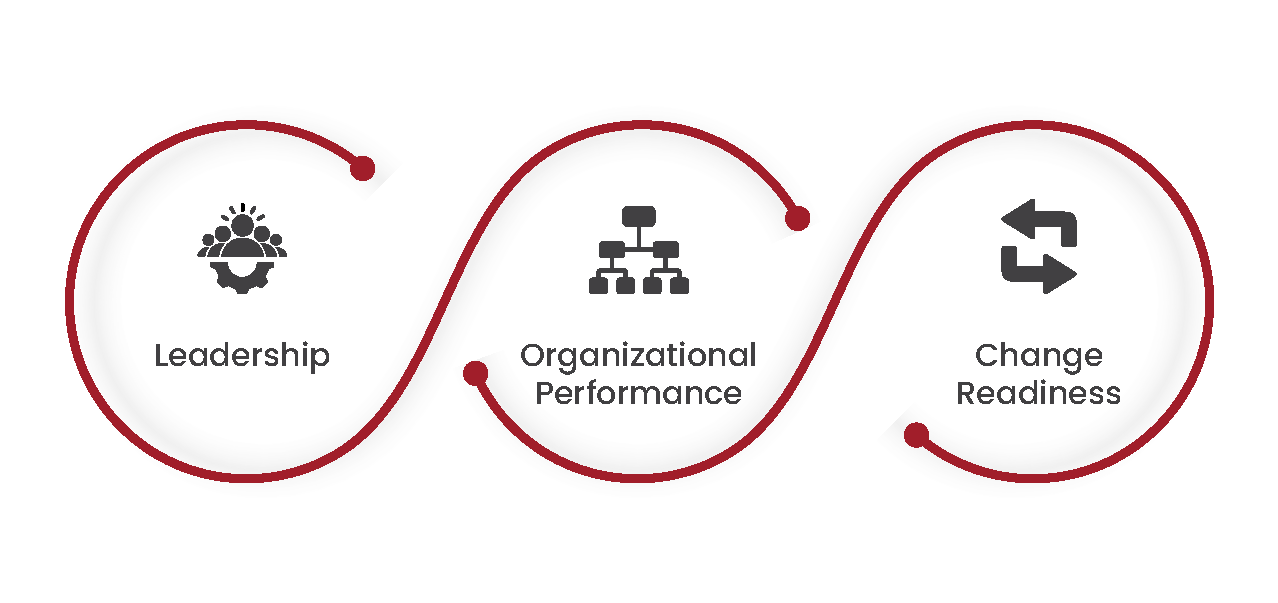Our offices will be closed for the holiday season from December 25, 2025, to January 11, 2026. For urgent matters, please contact support@pecb.com.
Our offices will be closed for the holiday season from December 25, 2025, to January 11, 2026. For urgent matters, please contact support@pecb.com.
Our offices will be closed for the holiday season from December 25, 2025, to January 11, 2026. For urgent matters, please contact support@pecb.com.
In today’s world, every organization faces unique threats and vulnerabilities. To thrive, businesses must protect their operations against various disruptions, including global threats, cyber-attacks, and natural disasters. These unexpected events can lead to important challenges, such as the breakdown of key suppliers, production line contamination, or conflict among employees. As a result, promoting organizational resilience is essential for businesses to effectively manage or prevent such unexpected disruptions.
Resilience is more than just bouncing back from challenges; it is the ability to adapt, recover, and prosper in the face of danger. Whether at the individual or organizational level, resilience has become essential in directing today’s unpredictable world. With rapid technological progress, global interdependence, and the growing occurrence of crises, resilience has become the key trait that helps both people and organizations not only bear turbulent periods but also grow stronger and more prepared to deal with future challenges.
Organizational resilience refers to an organization’s ability to predict crises, respond to short-term shocks and irregularities, and adapt to unexpected disruptions. In today’s changing environment, it is not just a necessity—it is a strategic imperative for continued growth. Achieving organizational resilience is a long-term effort, requiring constant commitment and continuous adaptation.
The resilience of an organization is interrelated with the resilience of other organizations, industries, societies, and even entire countries. The strength of an organization is closely tied to the resilience of its partners, including customers, suppliers, local communities, governments, and competitors. Furthermore, organizations play a role in promoting the resilience of their employees and the societies they operate in, creating a network of mutual support. Finally, organizational resilience is influenced by the resilience of the wider industry, which in turn is related to the resilience of the nation.
Resilient organizations prioritize strong internal and external collaboration. Through these associations, all stakeholders can communicate effectively, enabling fast adaptation when disruptions occur. A resilient organization not only manages risks within its own environments but extends risk management practices through its entire network of partners, contractors, and suppliers. These organizations can respond quickly to major events, preventing minor issues from escalating into full-scale crises, and reestablishing operations as quickly as possible. Additionally, they have dedicated emergency response teams ready to mobilize, allowing senior leadership to focus on wider strategic decisions while managing immediate challenges.
At its core, resilience focuses on security, efficiency, and the ability to adjust quickly. Ensuring safety is essential for an organization’s operations, especially when dealing with complex and interconnected systems.
The benefits of resilience enable organizations to:
By focusing on these areas, organizations can build a foundation for lasting success in an unpredictable world.
Three main principles of organizational resilience include:

Strong leadership drives resilience by ensuring clear direction and decision-making.
A resilient organization reduces disruption costs and improves reputation.
Resilience prepares organizations to expect and leverage external threats.
These qualities can be used in any aspect of organizational capability improvement, and if supported and established within an organization the success will be ensured.
In conclusion, organizational resilience is not a one-time effort but a continuous learning and improvement process. By promoting resilience into their culture, organizations can turn difficulties into opportunities and secure long-term success.
PECB allows individuals to achieve continuity, resilience, and recovery through its globally accredited training, certifications, and expertise. Our resilience training courses provide professionals with the skills and resources necessary to anticipate potential disruptions, implement robust risk management plans, and sustain operational efficiency.
With PECB’s support, you can establish strong frameworks that promote long-term success and protect essential processes. Here are some PECB training courses that can help enhance resilience within your organization:
About the author
Vesa Hyseni is a Senior Content and Campaigns Specialist at PECB. She is responsible for creating up-to-date content, conducting market research, and providing insights about ISO standards. For any questions, feel free to reach out to her at support@pecb.com.
Share





